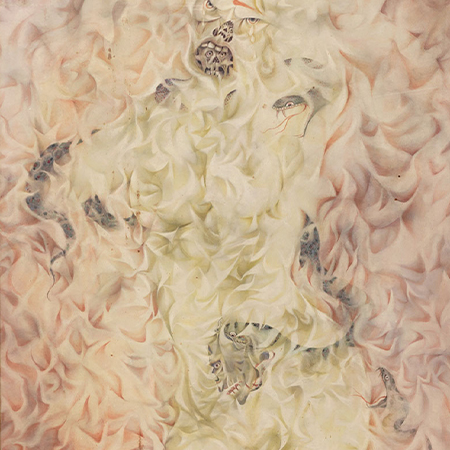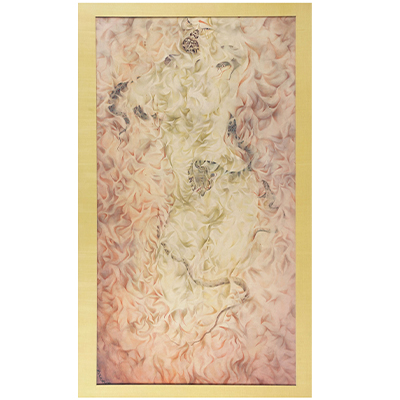Artists Profile

Badri Nath Arya
(1936 – 2013)Badri Nath Arya, widely recognized in the contemporary art world as B.N. Arya, is regarded as one of the last exponents of the watercolor wash technique and imagery of the Neo-Bengal School in North India. Born into a prosperous business family in Peshawar, Arya exhibited a deep interest in fine art from an early age, showing signs of his artistic talent and passion.
The turbulent period following the Partition of India marked a significant turning point in his life. Amid the chaos and communal riots, his family was displaced and relocated to India, ultimately settling in Lucknow. Despite the hardships of this transition, Arya's artistic journey continued to flourish.
From 1956 to 1957, Arya pursued his postgraduate studies in Fine Arts at the College of Arts and Crafts, Lucknow. It was here that he became immersed in the painting tradition of the Neo-Bengal School, a style that left a lasting influence on his work. His education was greatly shaped by his teachers, including Asit Kumar Haldar, Lalit Mohan Sen, and Bireswar Sen, who passed down the Neo-Bengal techniques to him. Additionally, Arya was inspired by his senior college mate, C.D. Sharma, whose influence further shaped his artistic development.
Throughout his career, B.N. Arya has carried forward the artistic legacy of the Neo-Bengal School, incorporating elements of watercolor wash techniques into his works, thereby preserving a traditional style that continues to captivate the art world. His contributions to contemporary Indian art, particularly in North India, have solidified his position as a respected figure in the realm of fine art.
B.N. Arya, a keen observer of Indian culture and customs, captured the essence of daily life, particularly focusing on the lives of the poor and the common working class. His paintings often reflected the struggles and resilience of ordinary people, offering a poignant view of their world. In addition to these social themes, Arya was deeply inspired by ancient epics and poetic compositions, drawing on the rich literary traditions of India for his artwork.
While he was deeply rooted in the traditions of the Bengal School, Arya's work was not confined to its popular subjects. He was an artist of wide-ranging interests, exploring abstract and semi-abstract themes, which added complexity to his artistic repertoire. His ability to merge traditional and modern approaches in art was particularly evident in his European academic style, which he occasionally employed to create works that resonated on a global scale.
Among the important commissioned works that B.N. Arya undertook were monumental projects such as the Mahabharat (1967), Rubaiyat of Omar Khayyam (1974), and Jayadev’s Gita Govind (1975). These works not only showcased his versatility but also underscored his ability to engage with both Indian and global literary traditions through the medium of visual art. Arya's interpretations of these texts have remained significant, further solidifying his reputation as a master of both classical and contemporary art forms.
His ability to blend social realism with abstract expression, while drawing inspiration from the classical epics of India and other poetic masterpieces, highlights the depth and range of Arya's artistic vision.
